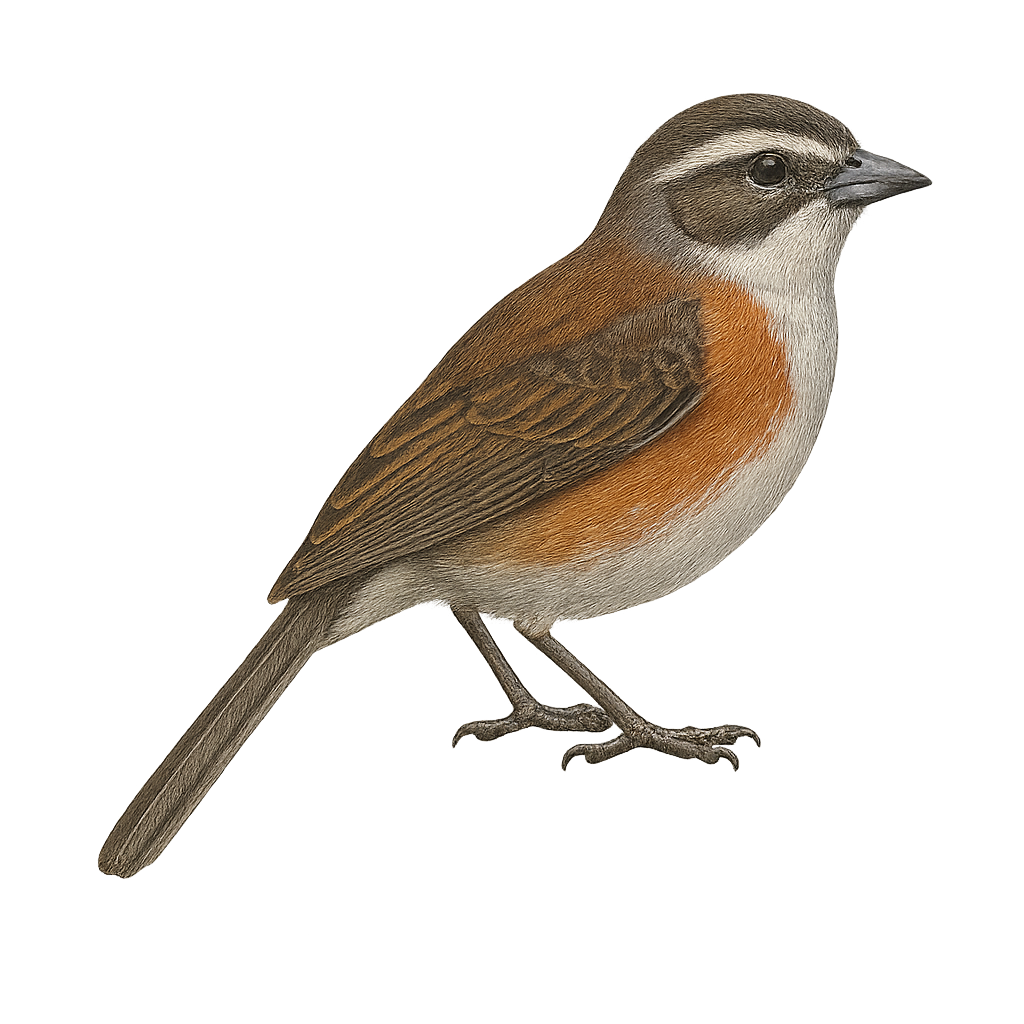Your wildlife photography guide.
Explore the bolivian brushfinch in detail, study its behavior, prepare your shots.
Where to observe and photograph the bolivian brushfinch in the wild
Learn where and when to spot the bolivian brushfinch in the wild, how to identify the species based on distinctive features, and what natural environments it inhabits. The WildlifePhotographer app offers tailored photography tips that reflect the bolivian brushfinch’s behavior, helping you capture better wildlife images. Explore the full species profile for key information including description, habitat, active periods, and approach techniques.
Bolivian Brushfinch
Scientific name: Poospiza boliviana

IUCN Status: Least Concern
Family: THRAUPIDAE
Group: Birds
Sensitivity to human approach: Suspicious
Minimum approach distance: 10 m
Courtship display: November to December
Incubation: 12-14 jours
Hatchings: November to January
Habitat:
Humid forests, shrublands, mountains
Activity period :
Primarily active during the day, with peak activity in the morning and late afternoon.
Identification and description:
The Bolivian Brushfinch, scientifically known as Poospiza boliviana, is a medium-sized bird belonging to the Thraupidae family. It is primarily endemic to the mountainous regions of Bolivia, where it inhabits humid forests and shrublands. Its plumage is a mix of gray, brown, and white, with distinctive markings on the head and wings. This bird is often seen in small groups, feeding mainly on insects and seeds. Its ability to adapt to various habitats makes it a resilient species, although deforestation poses a potential threat to its populations. The Bolivian Brushfinch is a fascinating bird to observe, especially due to its melodious song and interesting social behaviors.
Recommended lens:
400 mm – adjust based on distance, desired framing (portrait or habitat), and approach conditions.
Photography tips:
To photograph the Bolivian Brushfinch, it is advisable to use a telephoto lens of at least 400mm to capture detailed images without disturbing the bird. Look for areas where the bird is active, such as forest edges or clearings. Be patient and discreet, as this bird can be suspicious. Morning is often the best time to observe and photograph, as the light is soft and the bird is more active. Use a tripod to stabilize your camera and achieve sharp images.
The WildlifePhotographer App is coming soon!
Be the first to explore the best nature spots, track rutting seasons, log your observations, and observe more wildlife.
Already 1 430 wildlife lovers subscribed worldwide

